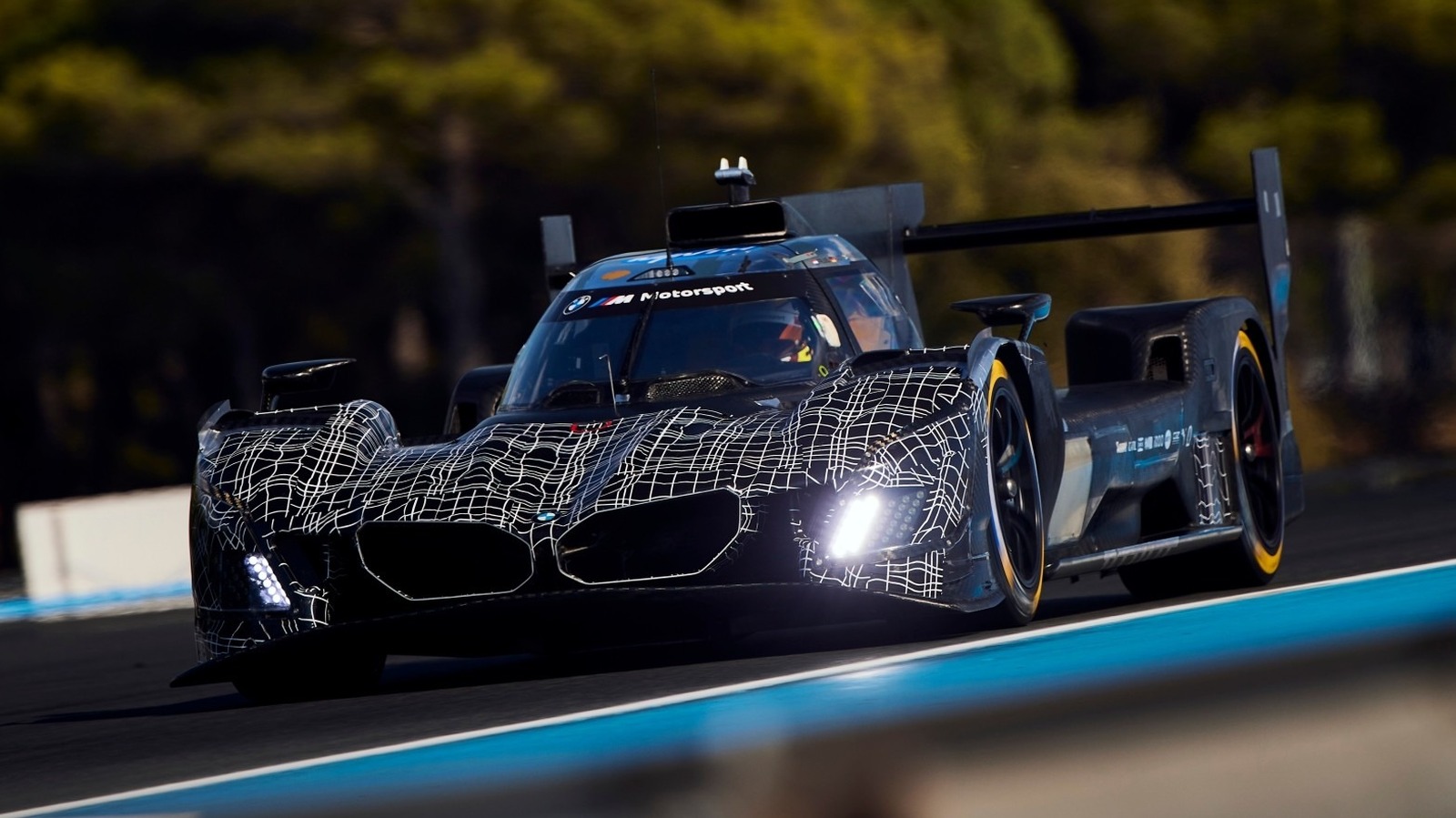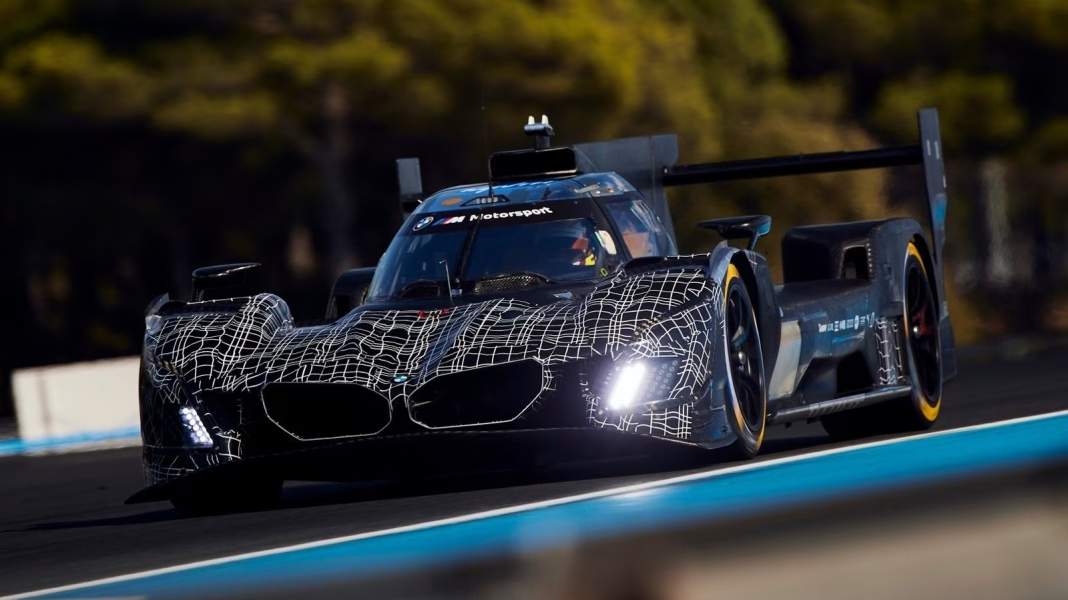Why Have BMW’s Recent Designs Sparked So Much Debate?
Ask any car enthusiast about BMW’s latest styling choices and you’ll get an earful. The brand’s iconic kidney grilles—once a subtle nod to its heritage—have ballooned in size, dominating the front ends of recent models like the M3, M4, and the electric iX. For some, these bold new looks are a breath of fresh air. For others, they’re a jarring departure from the understated elegance that made BMW famous.
So, what’s driving this shift? BMW’s head of design, Domagoj Dukec, has said that the company wants to stand out in a crowded market. In an era where cars are becoming more similar under the skin, distinctive styling is one way to grab attention. But there’s a fine line between daring and divisive, and BMW’s recent choices have certainly tested it.
Are BMW’s Designers Listening to the Critics?
Here’s the twist: BMW isn’t ignoring the backlash. In fact, the company has shown it’s willing to adapt—at least in some cases. Take the new M4 GT3 race car, for example. After a wave of criticism about the oversized grilles on its road cars, BMW unveiled the GT3 with a noticeably smaller, more traditional kidney grille. The message? The brand can pivot when it matters.
This isn’t just a one-off. BMW’s design team has acknowledged that feedback from both customers and the media has played a role in shaping recent models. According to a 2023 interview with Car and Driver, BMW execs admitted they “listen carefully” to public opinion, especially when it comes to their most passionate fans. It’s a balancing act—staying true to the brand’s identity while also pushing boundaries.
What’s the Real Impact of Bold Car Design on Sales and Brand Loyalty?
You might wonder if all this controversy actually hurts BMW’s bottom line. Surprisingly, the answer isn’t so clear-cut. While some longtime fans have threatened to jump ship, sales numbers tell a different story. In 2023, BMW reported record global sales, with over 2.5 million vehicles delivered worldwide. The M division, home to the brand’s sportiest models (and most controversial grilles), saw a 14% jump in sales compared to the previous year.
Why? For many buyers, performance, technology, and brand prestige outweigh concerns about aesthetics. Plus, bold design often attracts new customers who want to stand out. According to a recent J.D. Power survey, nearly 30% of luxury car buyers say unique styling is a top reason for their purchase. In other words, what turns off one group might just excite another.
How Does BMW’s Approach Compare to Other Luxury Brands?
BMW isn’t alone in stirring the pot. Audi, Mercedes-Benz, and Lexus have all taken risks with their designs in recent years. Think of Audi’s massive grilles or Lexus’s spindle-shaped front ends. The luxury market thrives on distinctiveness, and brands are constantly trying to outdo each other.
But BMW’s willingness to course-correct—like shrinking the grilles on its race cars—sets it apart. It’s a sign that the company values dialogue with its community. While some automakers double down on polarizing choices, BMW seems to be searching for a sweet spot between innovation and tradition.
What’s Next for BMW’s Design Language?
Looking ahead, BMW’s design future is anything but set in stone. The brand has hinted at more evolutionary changes, especially as electric vehicles become a bigger part of its lineup. Expect to see new interpretations of classic elements, like the kidney grille, that balance modernity with heritage.
Design chief Dukec has suggested that upcoming models will focus more on proportion and surface detail, rather than just making things bigger or bolder. The goal? To create cars that feel unmistakably BMW, but also reflect changing tastes and technologies.
The big takeaway? BMW’s design journey isn’t about perfection—it’s about smarter adjustments. Start with one change this week, and you’ll likely spot the difference by month’s end.


